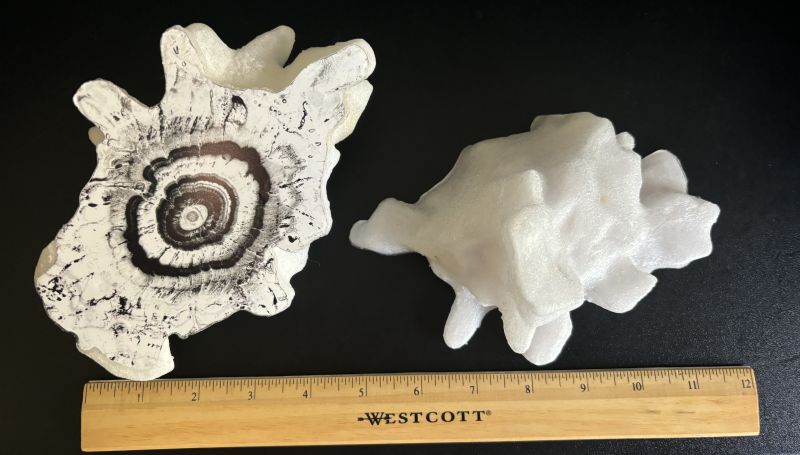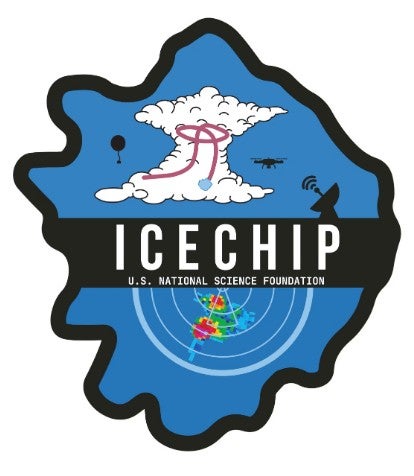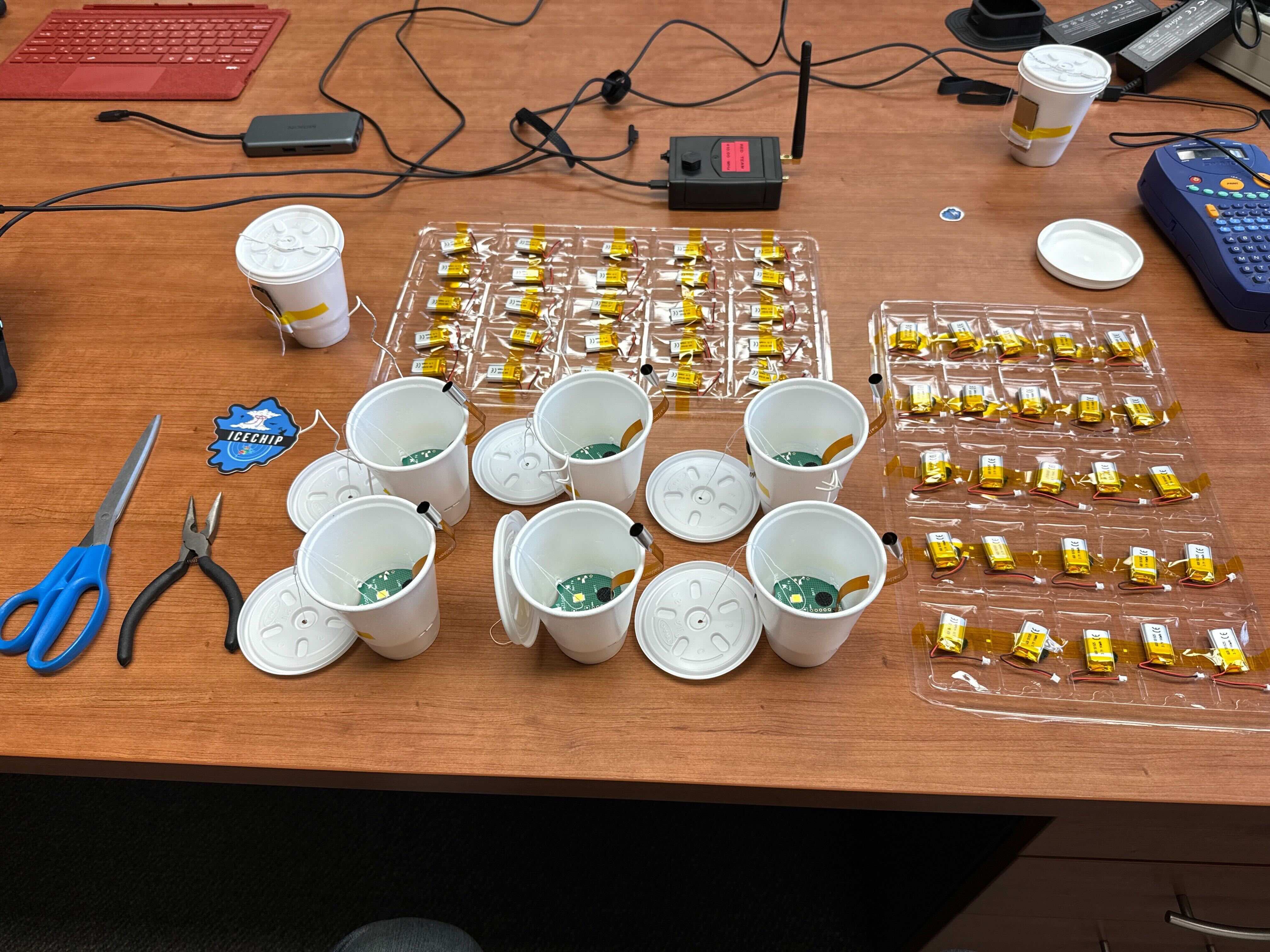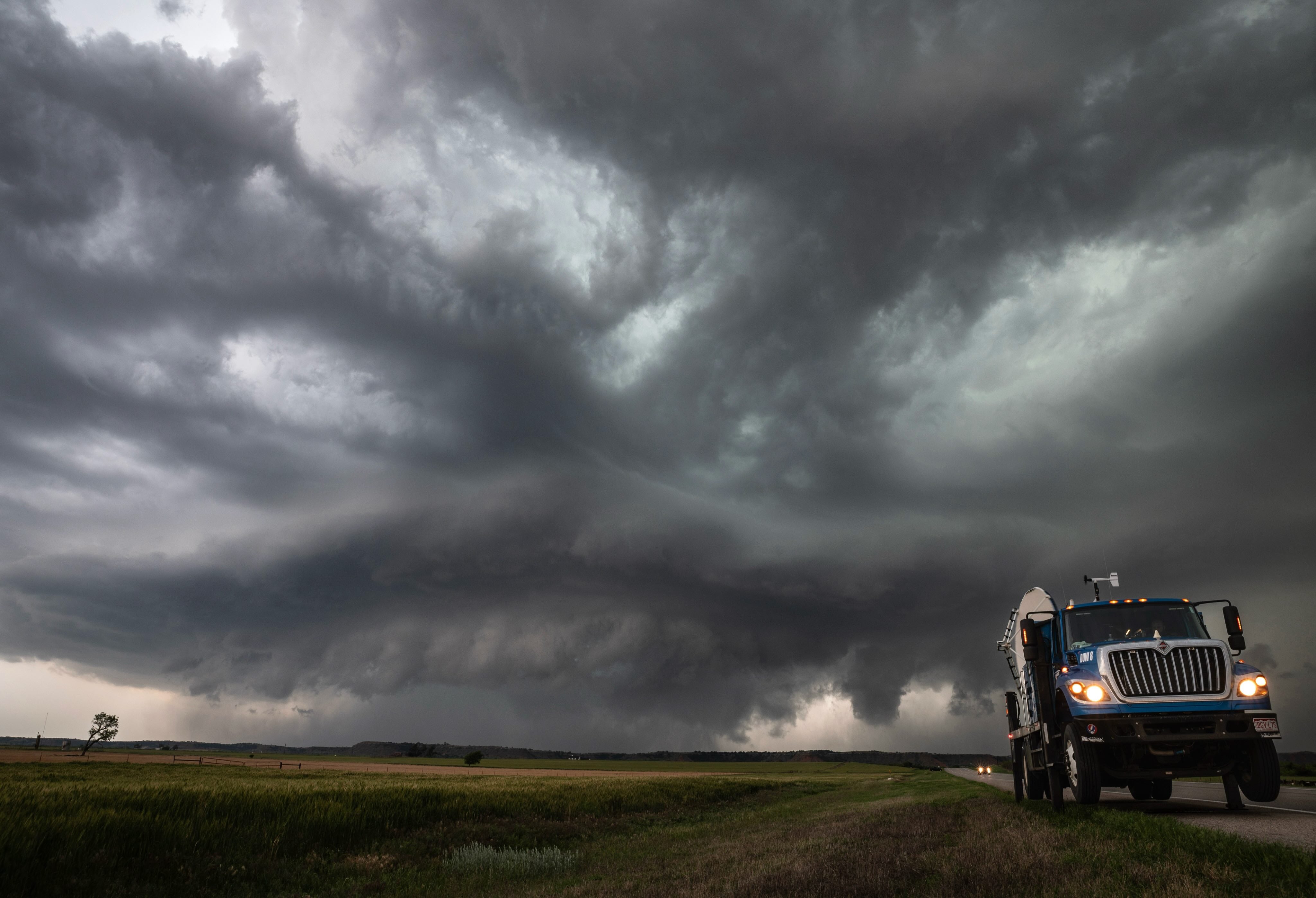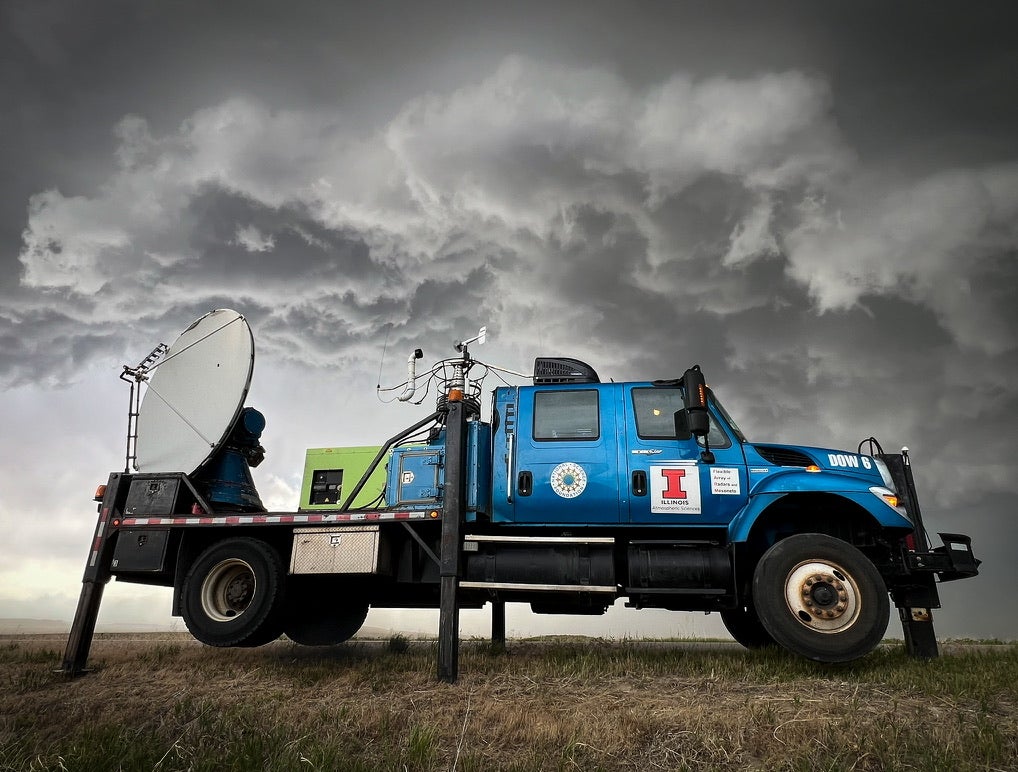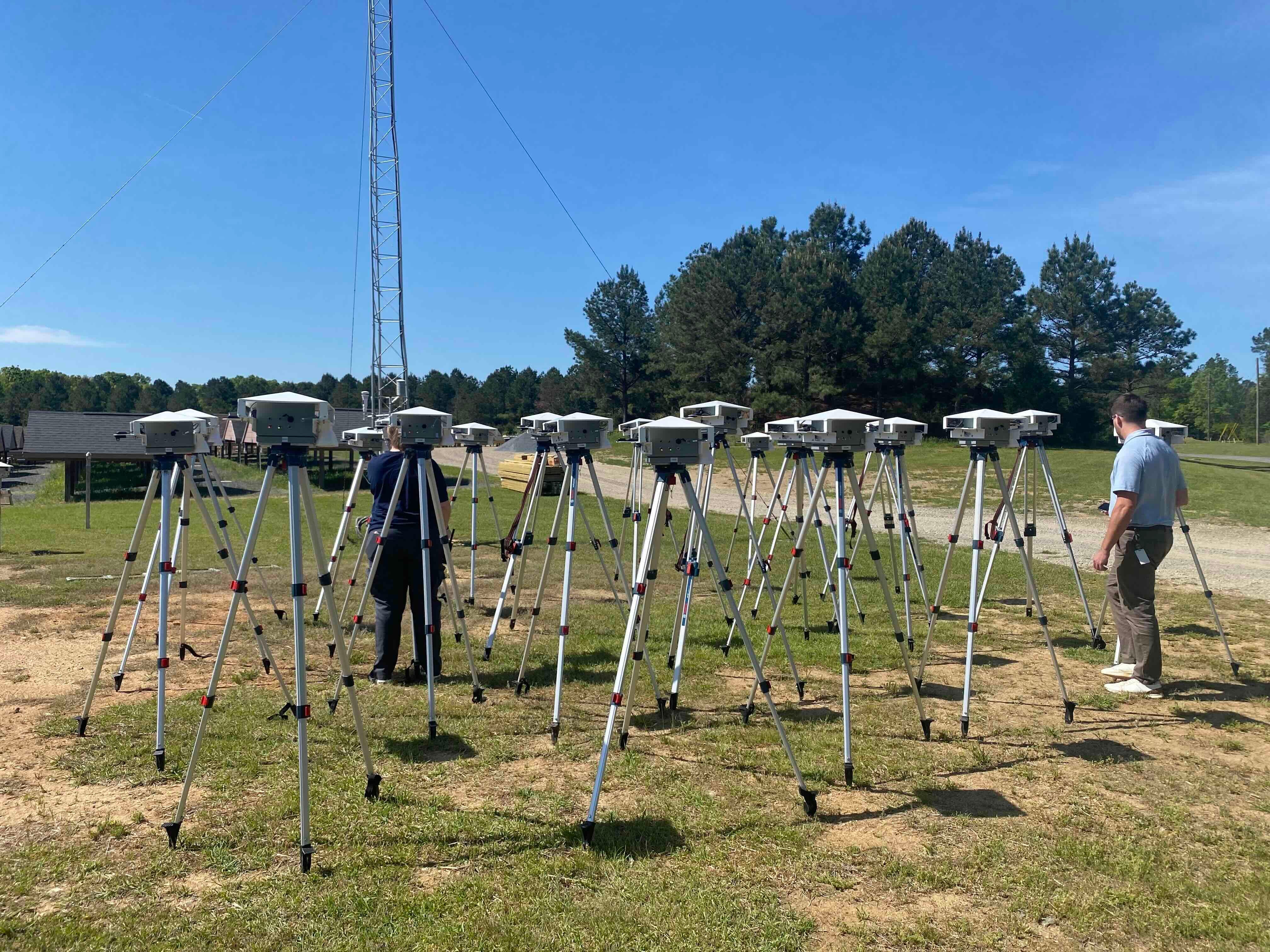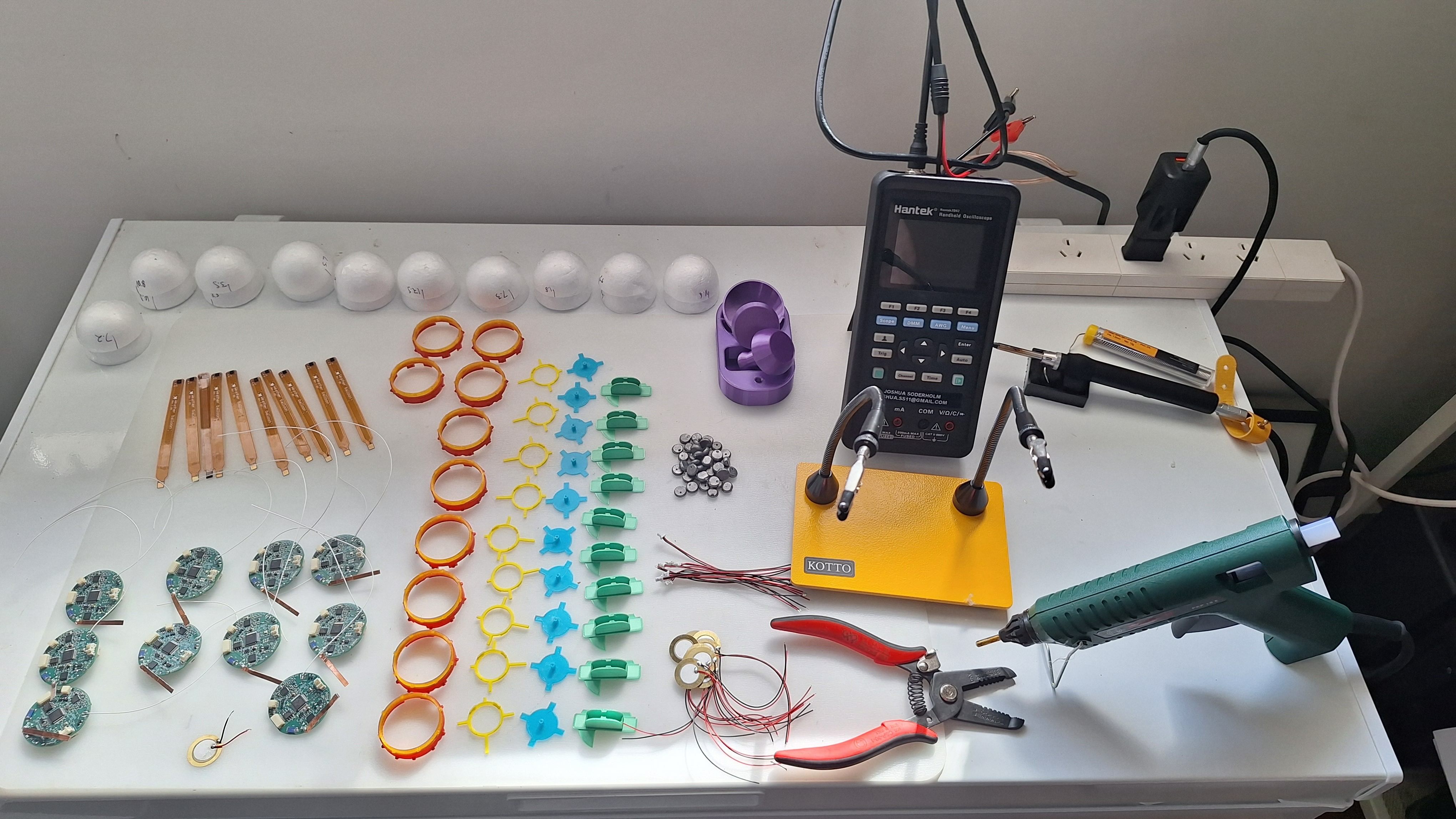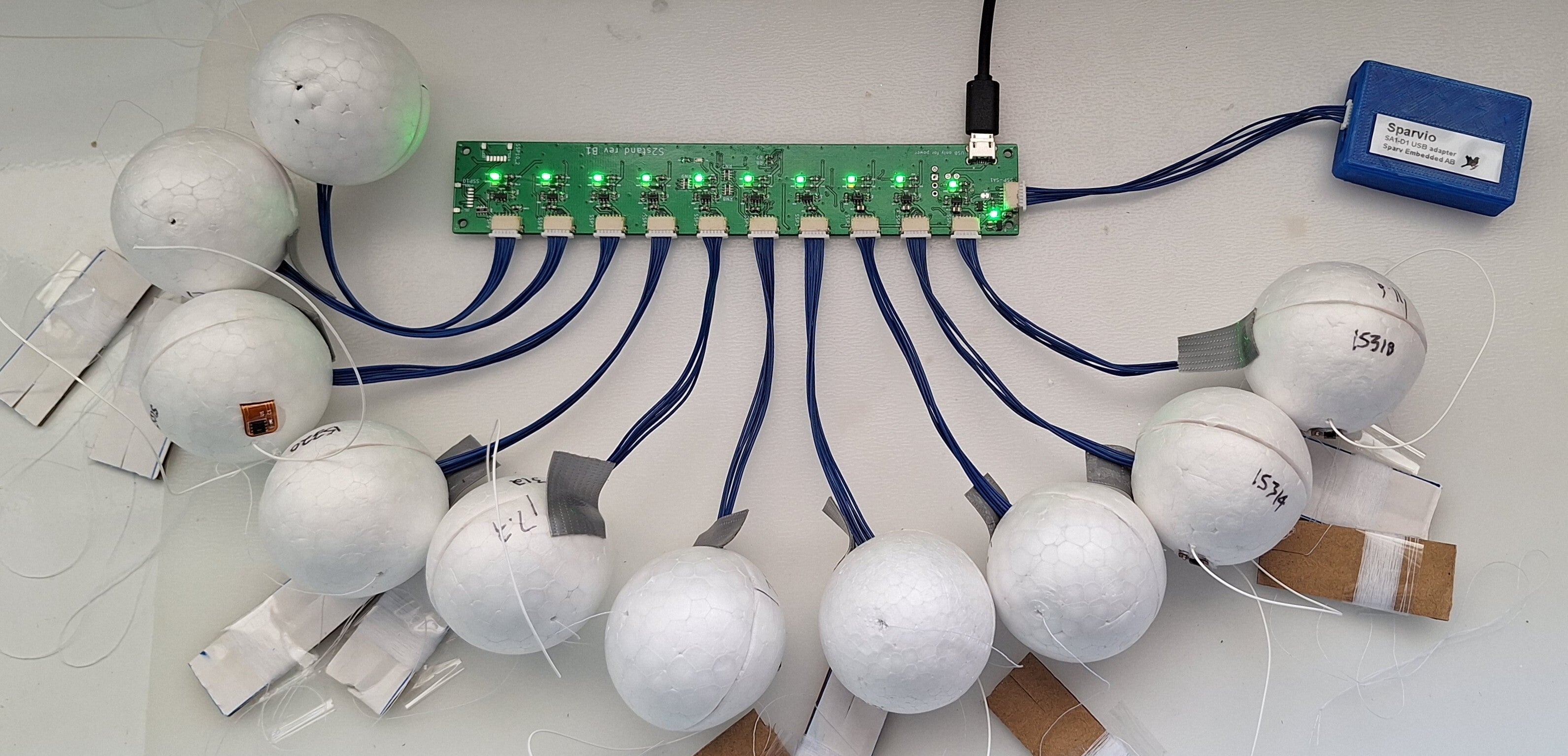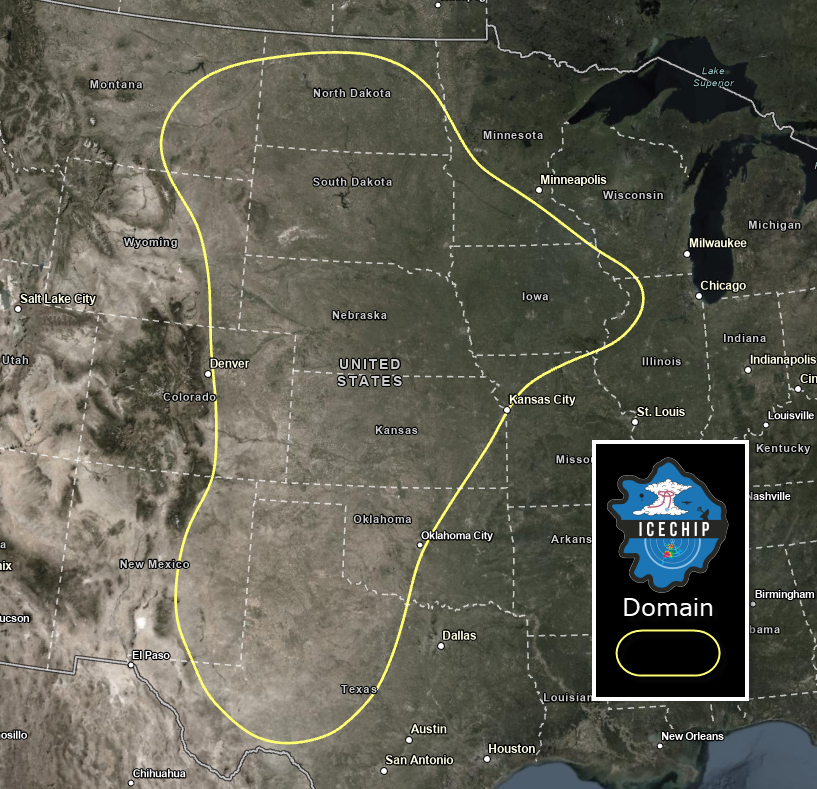
ICECHIP will focus on the U.S. Central Plains and Front Range of the Rocky Mountains including Montana, Wyoming, Colorado, the Dakotas, Nebraska, Kansas, Oklahoma, New Mexico and Texas.
Victor Gensini
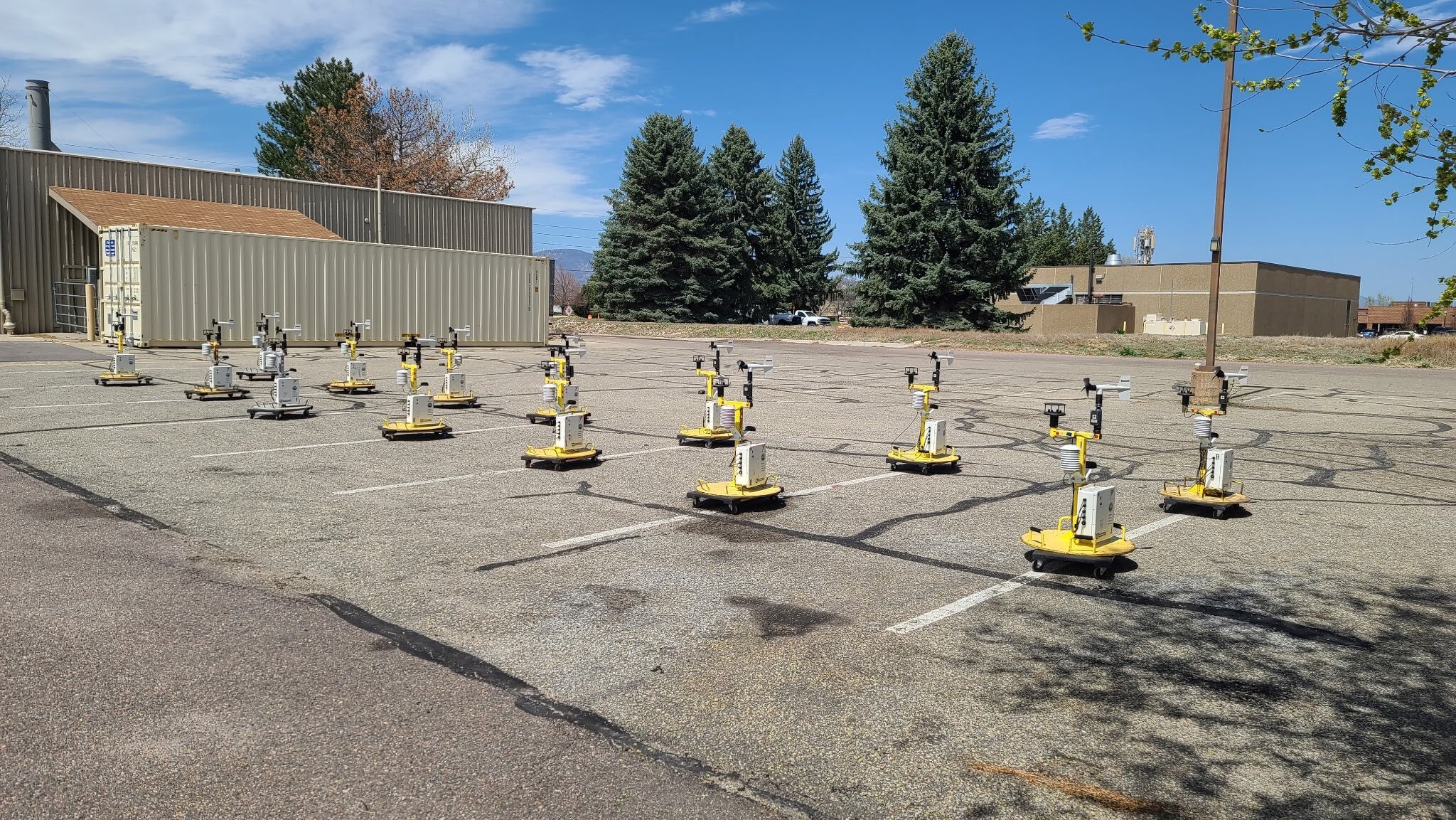
Pods are quickly deployable weather stations that collect standard meteorological observations of temperature, relative humidity, wind speed/direction and pressure. Photo credit: FARM
Flexible Array of Radars and Mesonets (FARM)
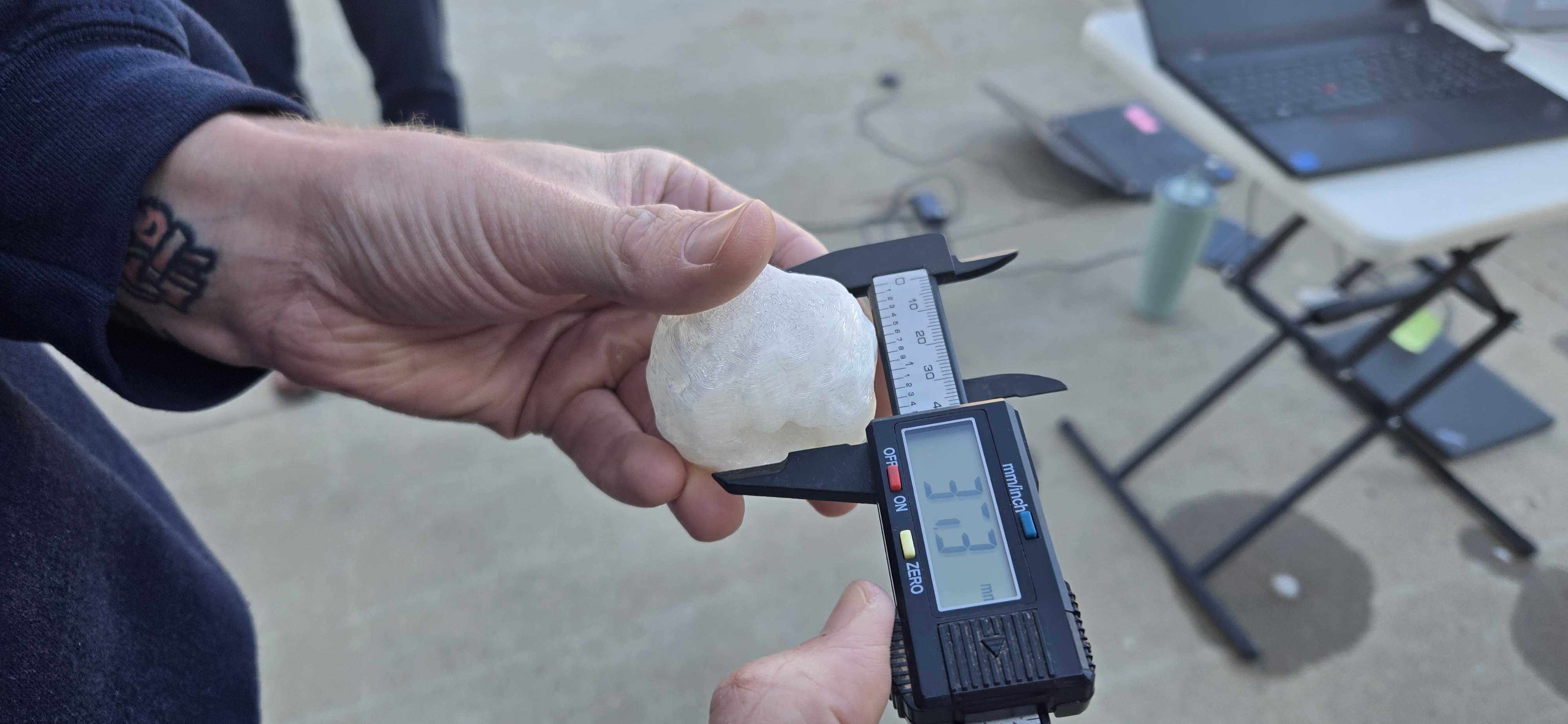
Measuring hail diameter with digital calipers.
Insurance Institute for Business & Home Safety (IBHS)
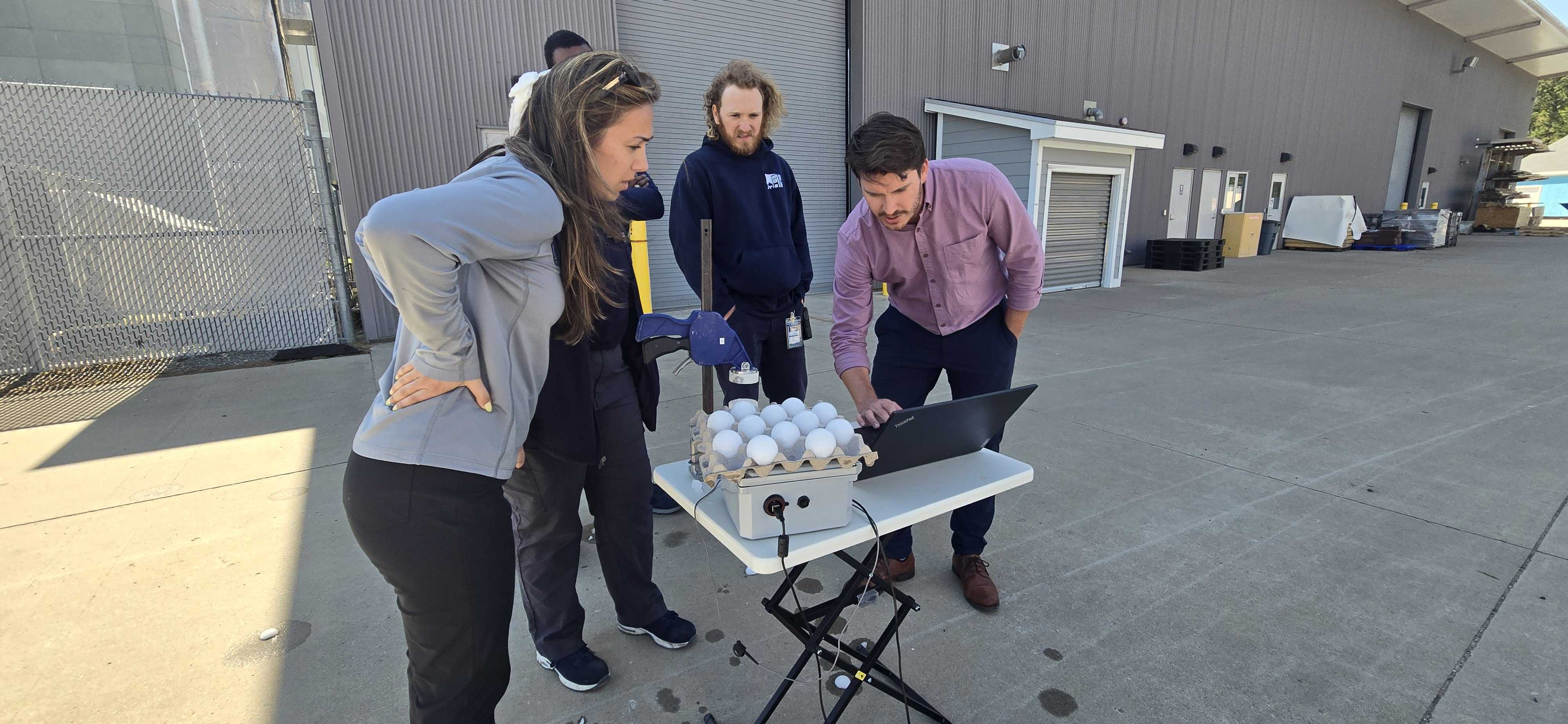
Testing a hail crusher, which measures the compressive strength of hailstones. Left to right: Brenna Meisenzahl, Heidi Efourth, Marcus Watkins, Lucas Faulkner, and Jake Sorber.
Insurance Institute for Business & Home Safety (IBHS)
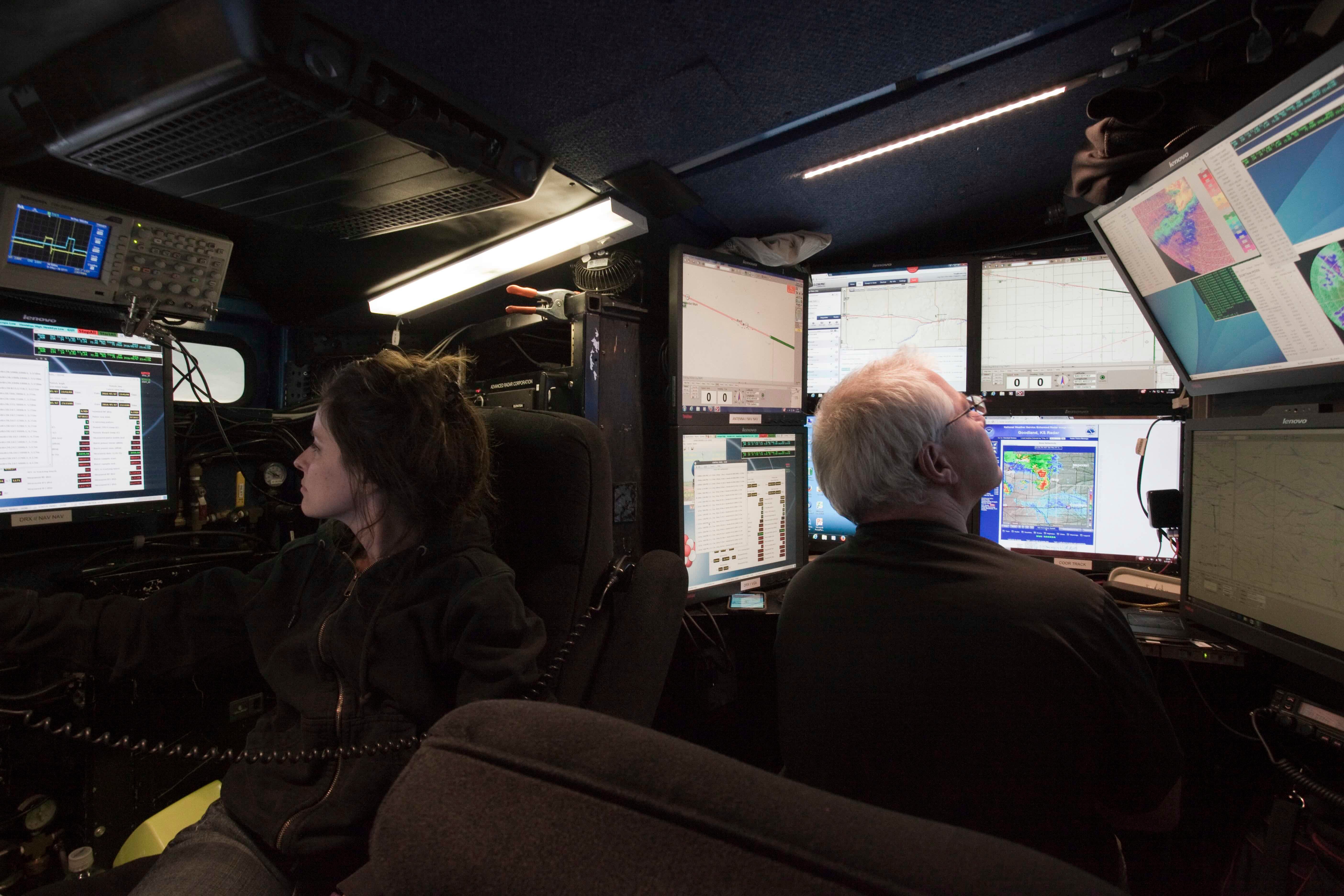
Karen Kosiba and Josh Wurman inside one of the Doppler on Wheels trucks.
Flexible Array of Radars and Mesonets (FARM)
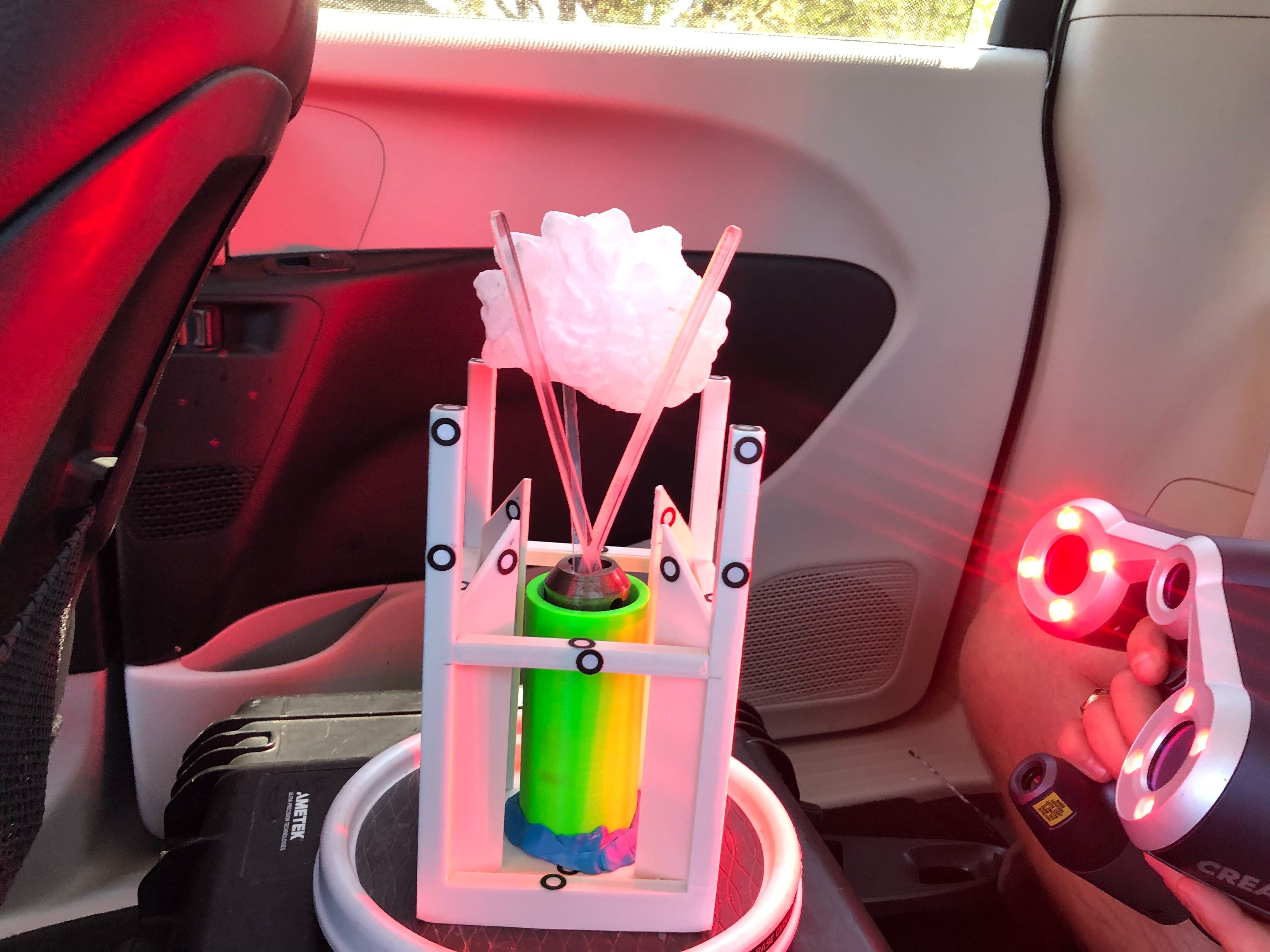
3D laser scanner which can generate highly detailed digital models of hailstones.
Insurance Institute for Business & Home Safety (IBHS)
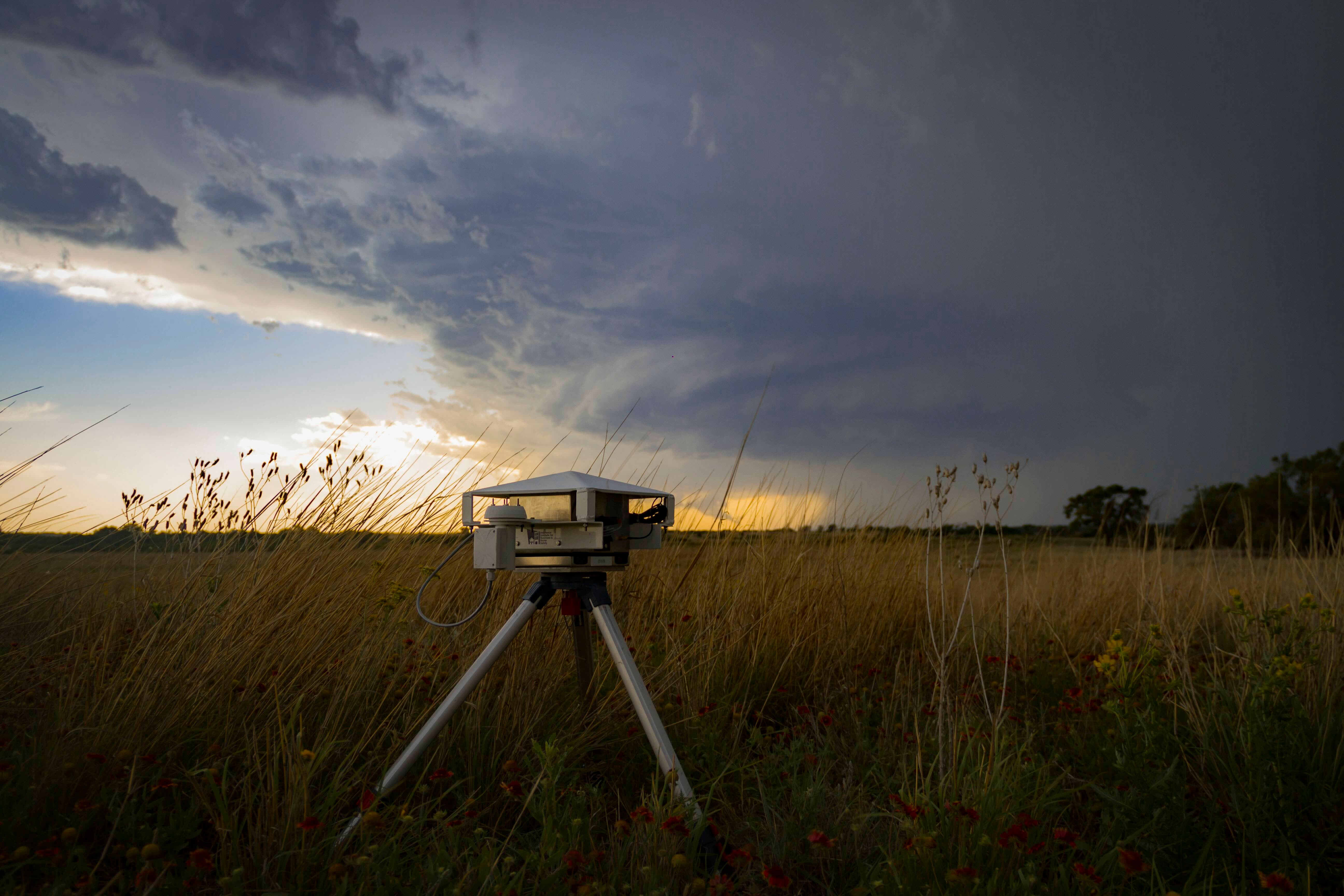
Hail impact disdrometers measure impact energy of hailstones and size estimates.
Insurance Institute for Business & Home Safety (IBHS)
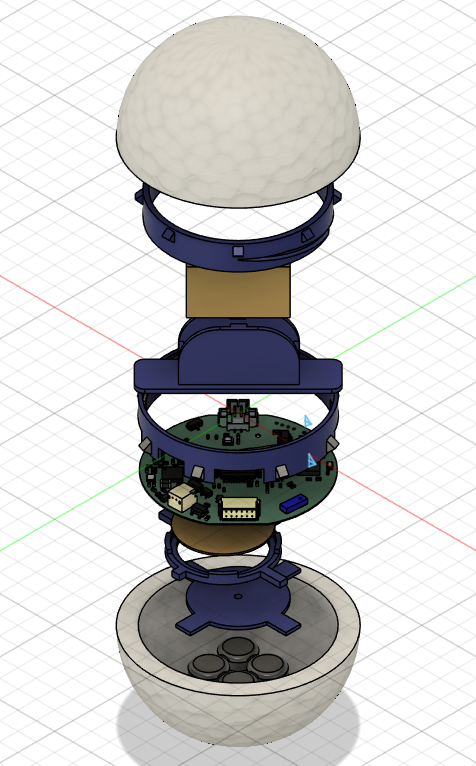
Hailsonde design renderings. Hailsondes are sensors that are designed to fly around within storms to behave like hail.
Australian Bureau of Meteorology
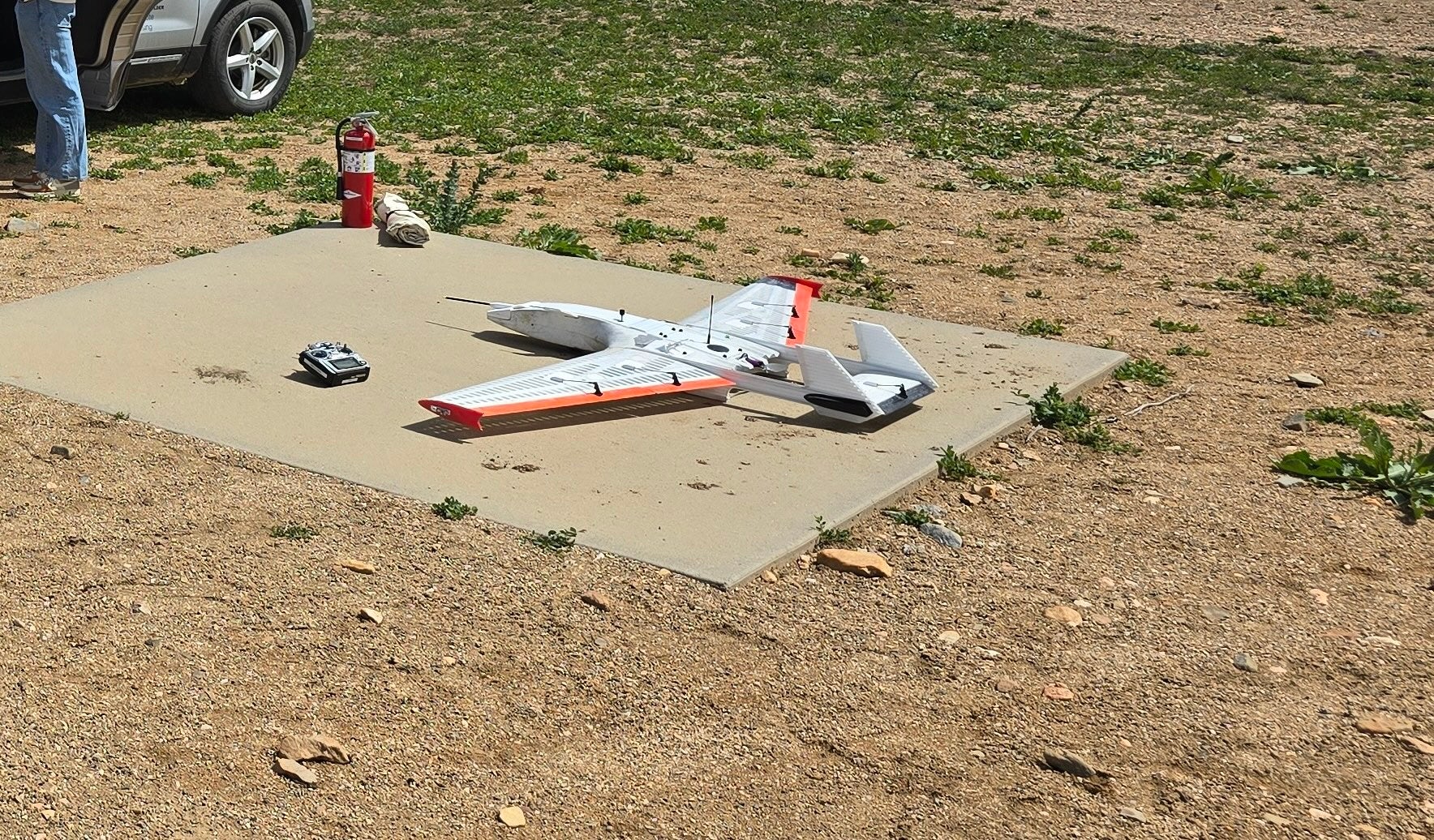
University of Colorado Boulder's Robust Autonomous Airborne Vehicle - Endurant and Nimble (RAAVEN) aircraft system that will fly behind the storm and record as much footage of the hail swath as possible.
Brian Argrow
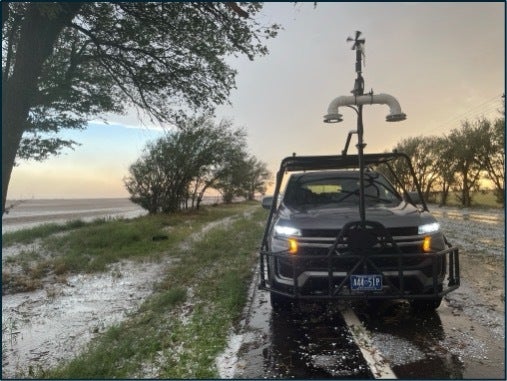
Penn State's NARHWAL (Novel Atmospheric Research on High-impact Weather Applications Laboratory) will deploy as part of ICECHIP. In addition to various instrumentation, it has mobile hail storage, and an analysis lab.
Kelly Lombardo.
Operations Plan
Rules of Engagement and Policies
